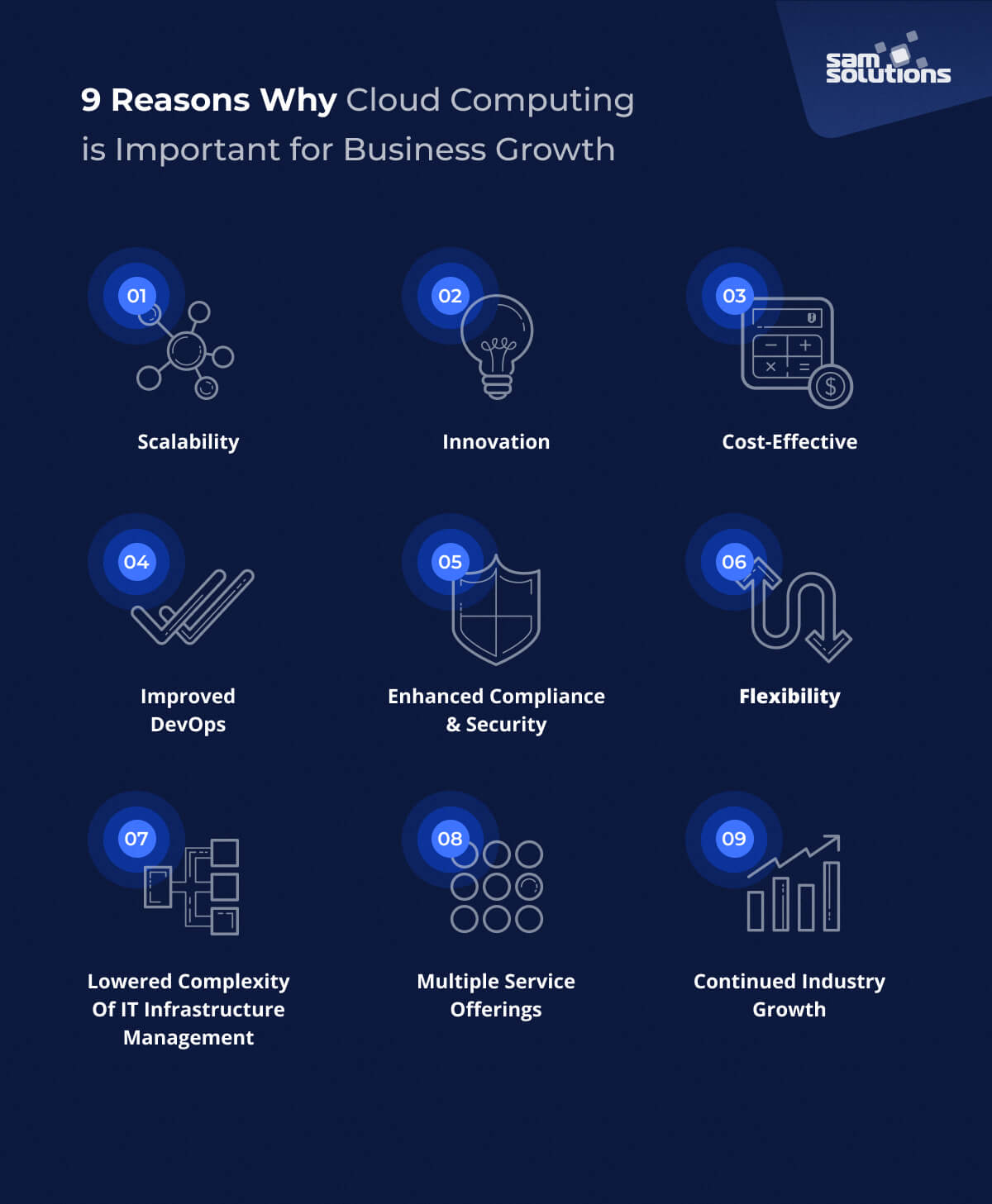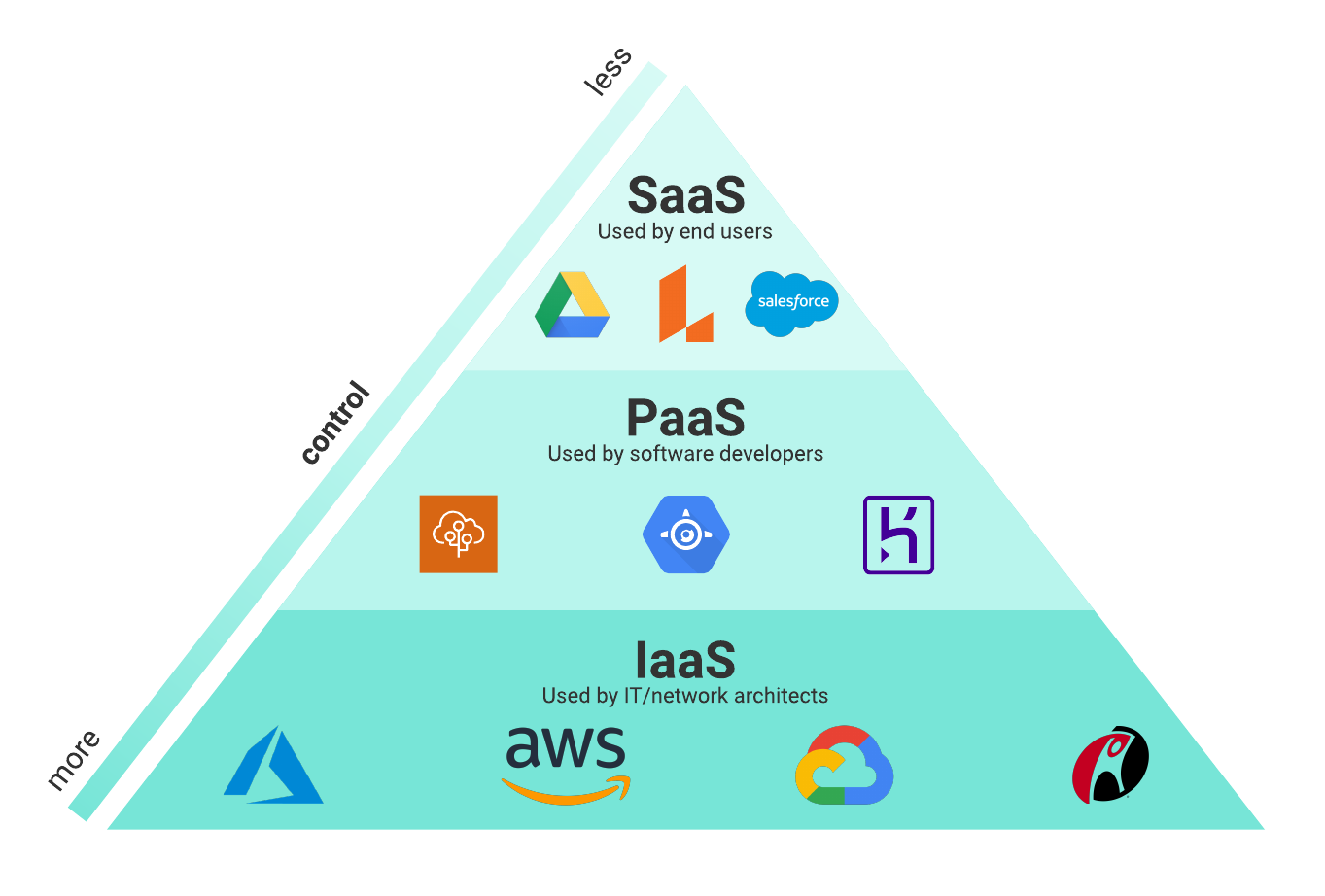LinkDaddy Cloud Services Press Release: Announcing New Characteristic and Enhancements
LinkDaddy Cloud Services Press Release: Announcing New Characteristic and Enhancements
Blog Article
Achieve Seamless Scalability With Cloud Services
In the ever-evolving landscape of cloud services, attaining seamless scalability stands as a foundation for contemporary companies looking for to stay versatile and affordable. The mission for seamless scalability with cloud solutions introduces a world of possibilities for those eager to welcome the transformative power of dynamic source administration.
Advantages of Cloud Scalability
Cloud scalability offers organizations the flexibility to dynamically adjust sources based on need, guaranteeing optimum efficiency and expense performance. One key benefit is the capacity to range resources up or down swiftly in reaction to changing workloads. This dexterity enables companies to fulfill altering customer requirements without over-provisioning resources, ultimately resulting in cost savings. Scalability likewise enhances performance by making sure that systems can handle increased website traffic or workload without experiencing downtime or slowdowns. By efficiently allocating sources, companies can maintain high levels of performance during peak times without unneeded expenses throughout quieter periods. In addition, cloud scalability promotes advancement and trial and error by enabling services to conveniently examine new ideas and range them as needed. This adaptability motivates a culture of continual improvement and adaptation, allowing companies to stay affordable in a rapidly evolving market landscape. Eventually, the advantages of cloud scalability extend beyond price financial savings to incorporate enhanced performance, agility, and innovation.
Key Functions for Scaling
Efficient scaling in cloud solutions relies on crucial functions that make it possible for organizations to change sources dynamically based on demand. An additional key function is scalability, enabling systems to deal with enhanced work by including resources seamlessly. Overall, these crucial attributes jointly encourage organizations to attain seamless scalability in cloud solutions.
Implementing Auto-Scaling Methods
To efficiently maximize resource allocation and adapt to differing work, companies should tactically apply auto-scaling approaches in their cloud solutions facilities. Auto-scaling permits systems to immediately change the variety of compute resources based on real-time demand. There are various auto-scaling approaches that companies can utilize, such as anticipating scaling, which uses historical information to forecast future source demands, and responsive scaling, which reacts to existing work adjustments.

Ideal Practices for Scalability
For organizations aiming to enhance their scalability in cloud services, implementing best practices is important for optimal efficiency and source administration. One trick ideal method is making applications with a microservices design. This technique breaks down applications into smaller, independent solutions that can be deployed, updated, and scaled independently, enabling for better versatility and scalability.
Another important technique is utilizing containerization technology, such as Docker or Kubernetes. Containers enable the packaging of applications and their dependences right into separated systems, making it easier to scale elements separately and deploy them regularly across various settings.
In addition, carrying out automated deployment and facilities as code (IaC) can enhance scalability initiatives (linkdaddy cloud services). Automation devices like Terraform or Ansible aid in provisioning and taking care of sources effectively, decreasing manual mistakes and enabling rapid scalability
In addition, keeping an eye on performance metrics, establishing up alerts, and performing normal capability preparation are necessary methods to make sure proactive scalability management. By sticking to these finest practices, companies can accomplish smooth scalability in their cloud solutions while enhancing efficiency and source application.
Tracking Performance Metrics
When evaluating the performance of cloud services scalability, very closely keeping an eye on performance metrics is important for ensuring ideal capability and resource allocation. By continuously tracking key performance indications (KPIs) such as action times, throughput, latency, and source utilization, organizations can acquire important understandings right into the health and effectiveness of their cloud infrastructure. Keeping track of efficiency metrics allows for the very early discovery of potential traffic jams or problems that can impact scalability, enabling proactive actions to be taken to resolve them before they escalate.

Final Thought
Finally, accomplishing seamless scalability with cloud services is necessary for organizations to enhance performance, boost innovation, and keep high performance levels throughout peak times. By leveraging the benefits of cloud scalability, applying auto-scaling methods, making use of key attributes such as elasticity and automation, and complying with finest methods like application design and efficiency monitoring, services can efficiently scale like this their systems while making best use of resource usage and performance.
The mission for smooth scalability with cloud solutions introduces a globe of possibilities for those ready to embrace the transformative power of dynamic resource management.
Cloud scalability supplies organizations the flexibility to dynamically change resources based on demand, making certain ideal performance and price effectiveness. One more crucial function is scalability, making it possible for systems to take care of increased work by adding sources flawlessly.For companies intending to enhance their scalability in cloud services, applying best practices is critical for optimum efficiency and resource administration.When assessing the performance of cloud solutions scalability, carefully checking efficiency metrics is crucial for ensuring optimum capability and source allocation.
Report this page